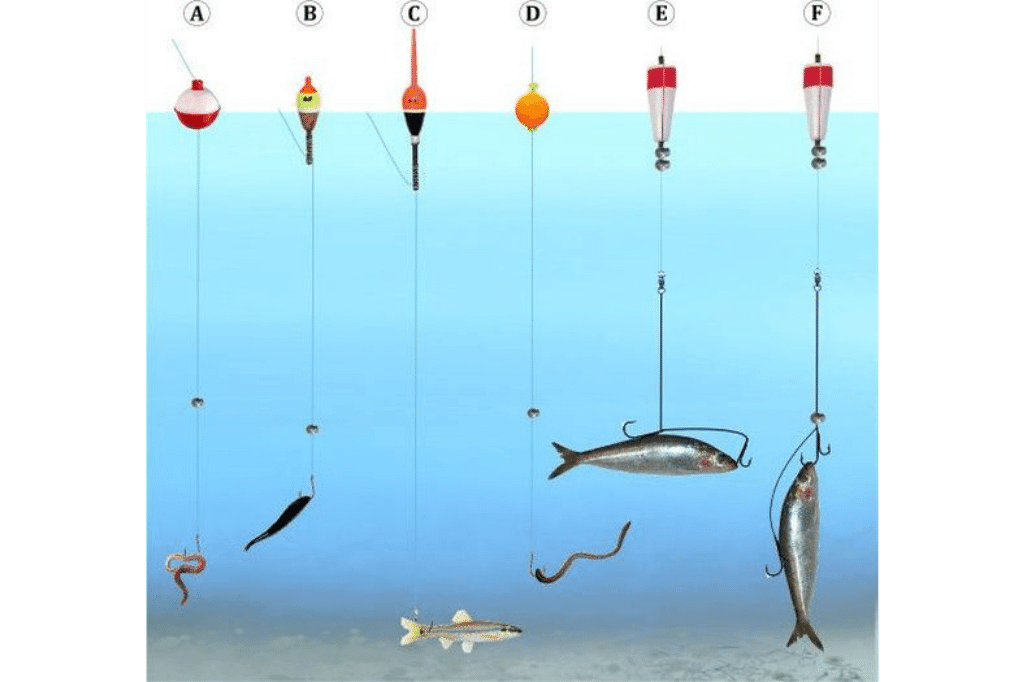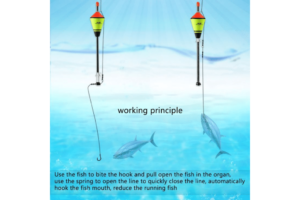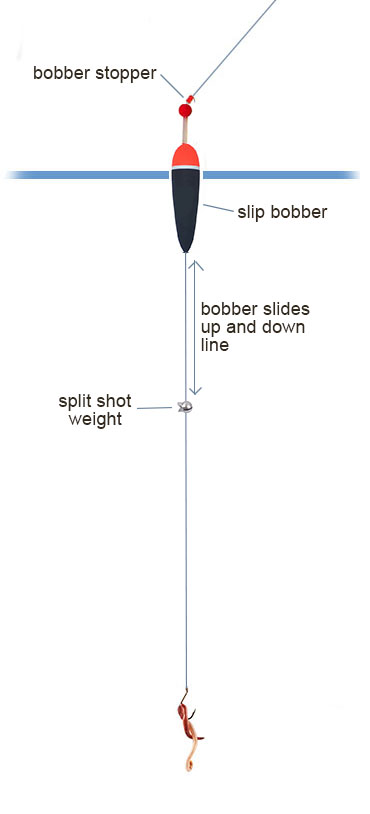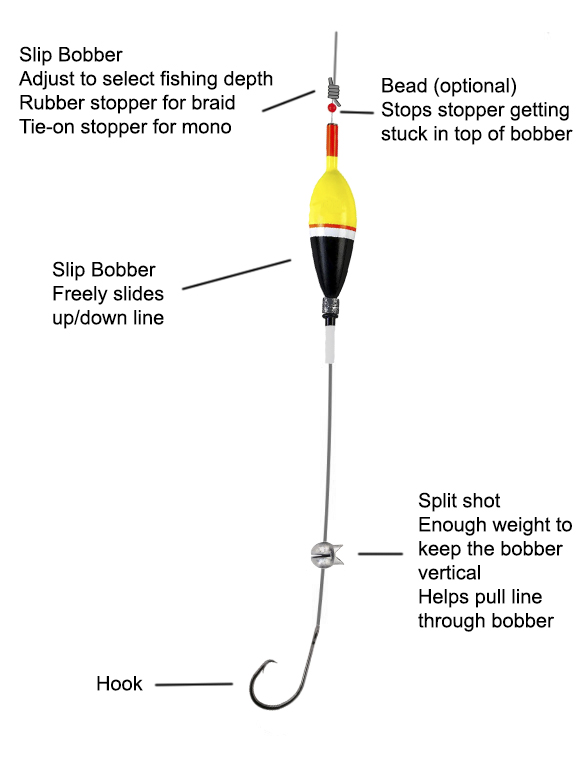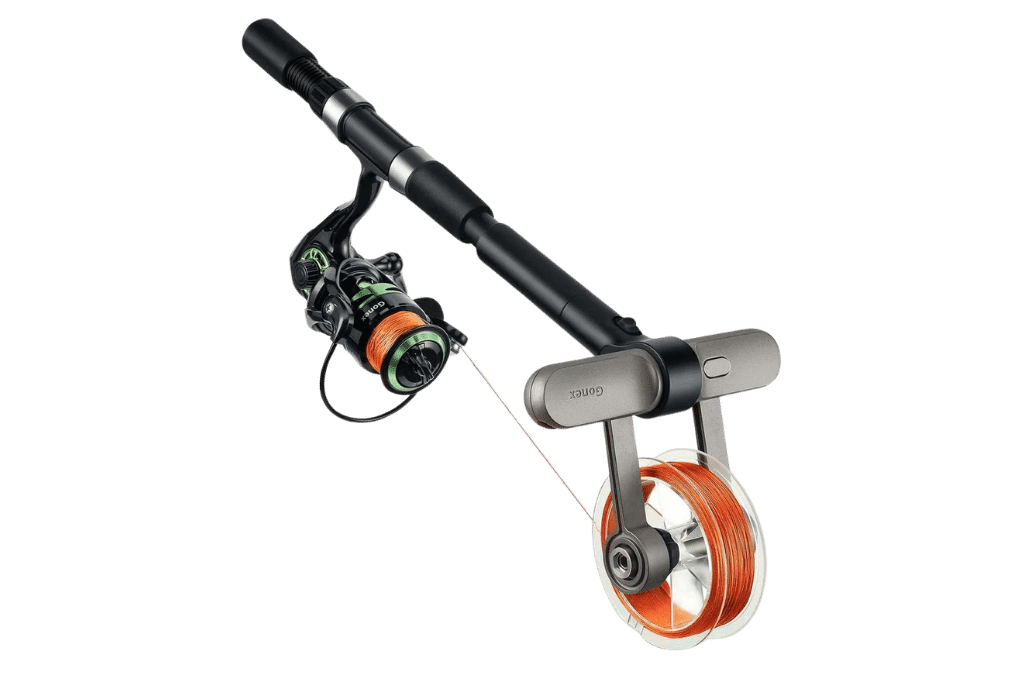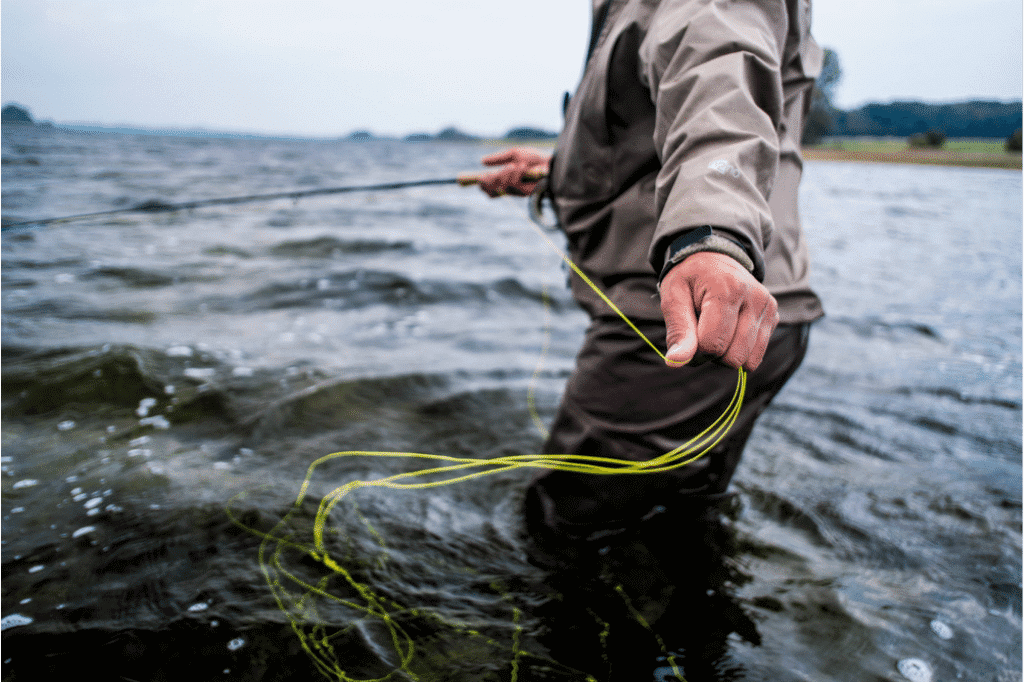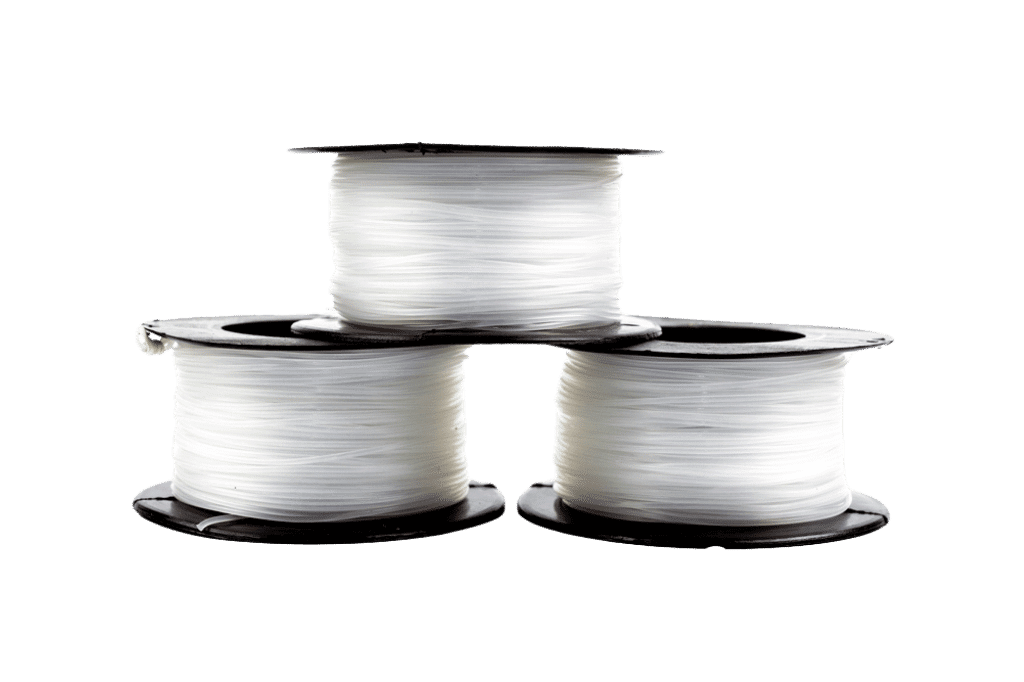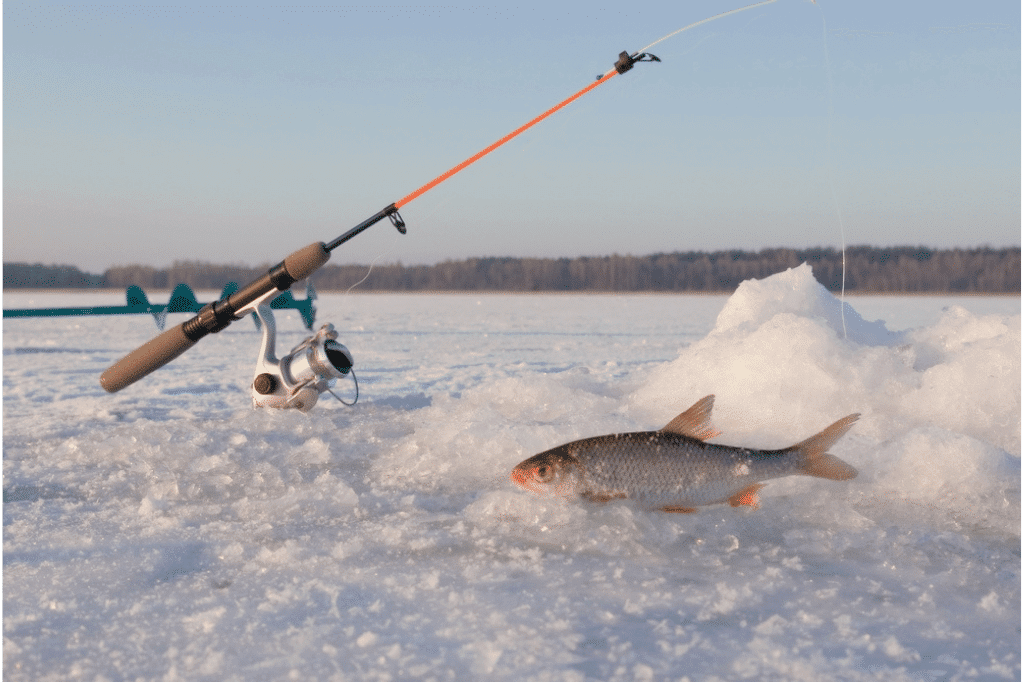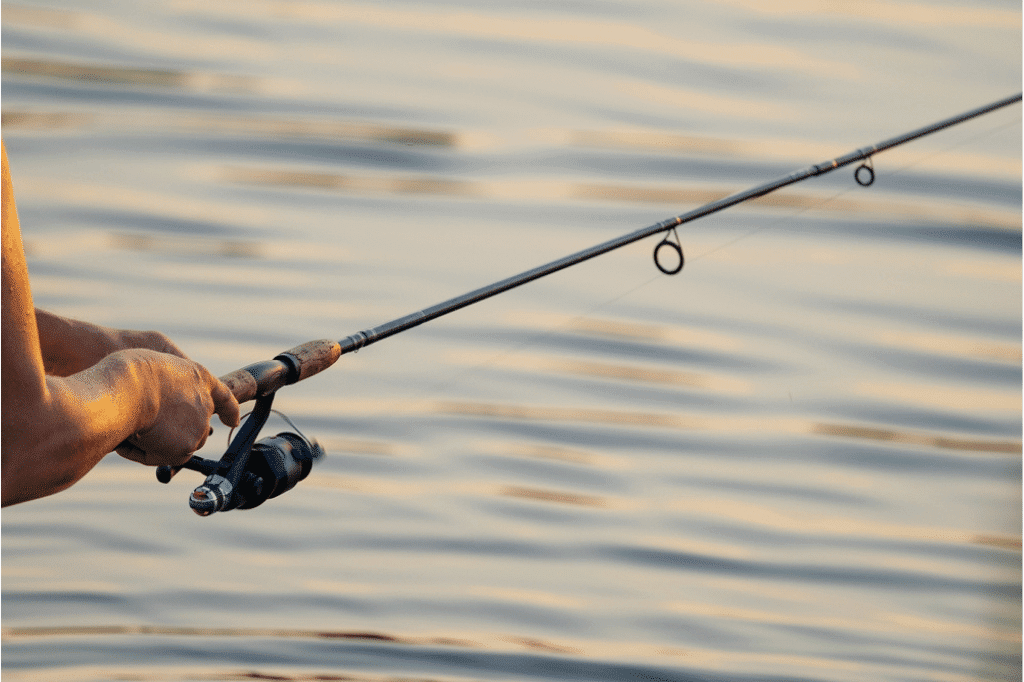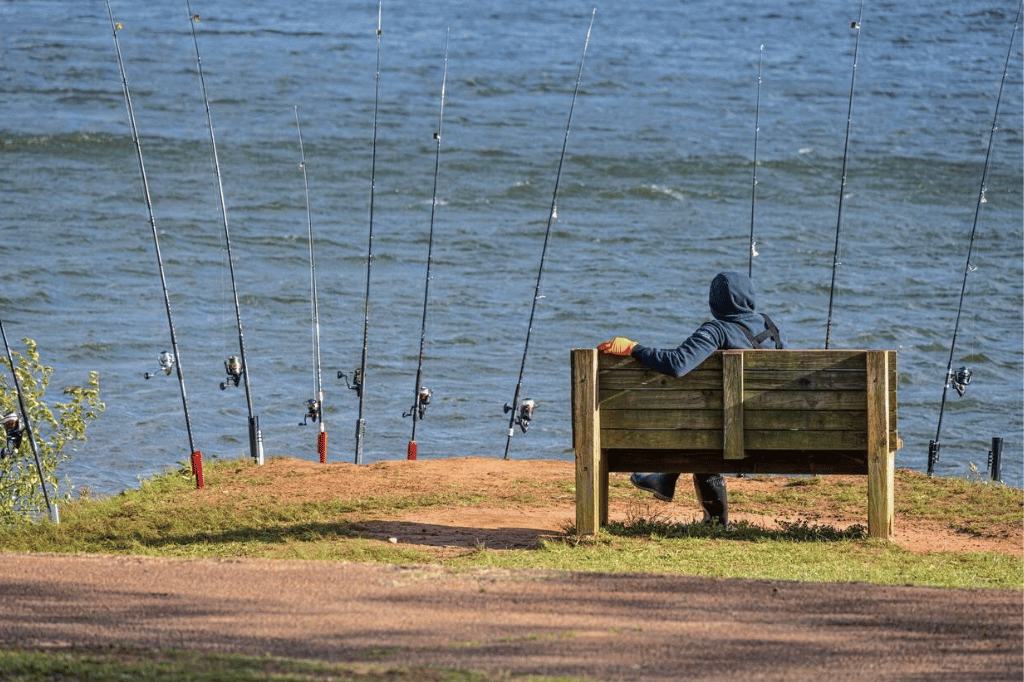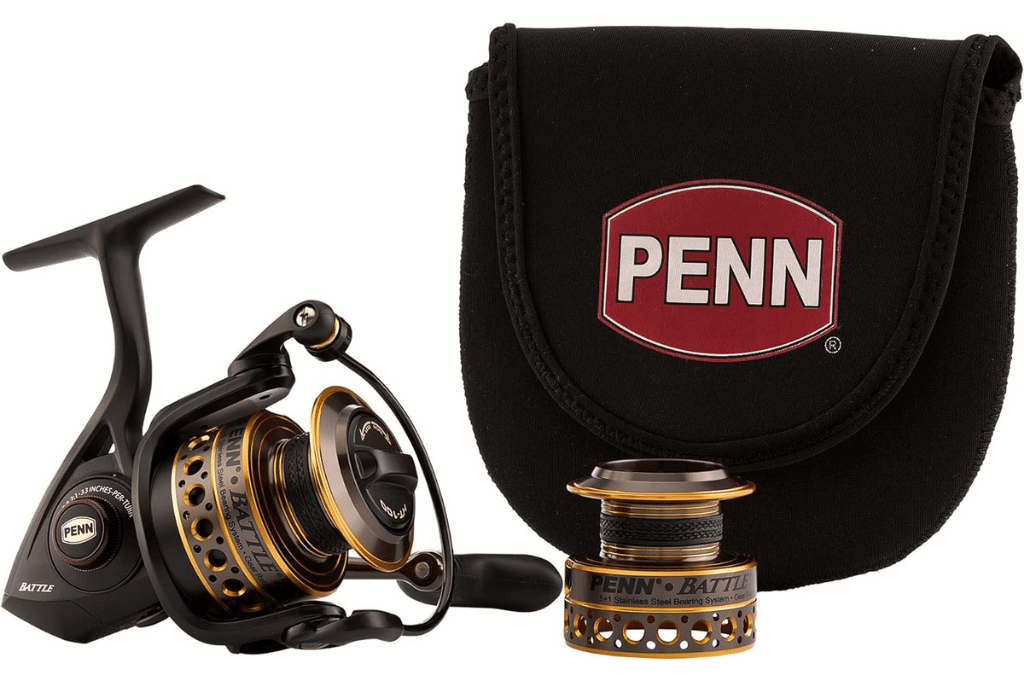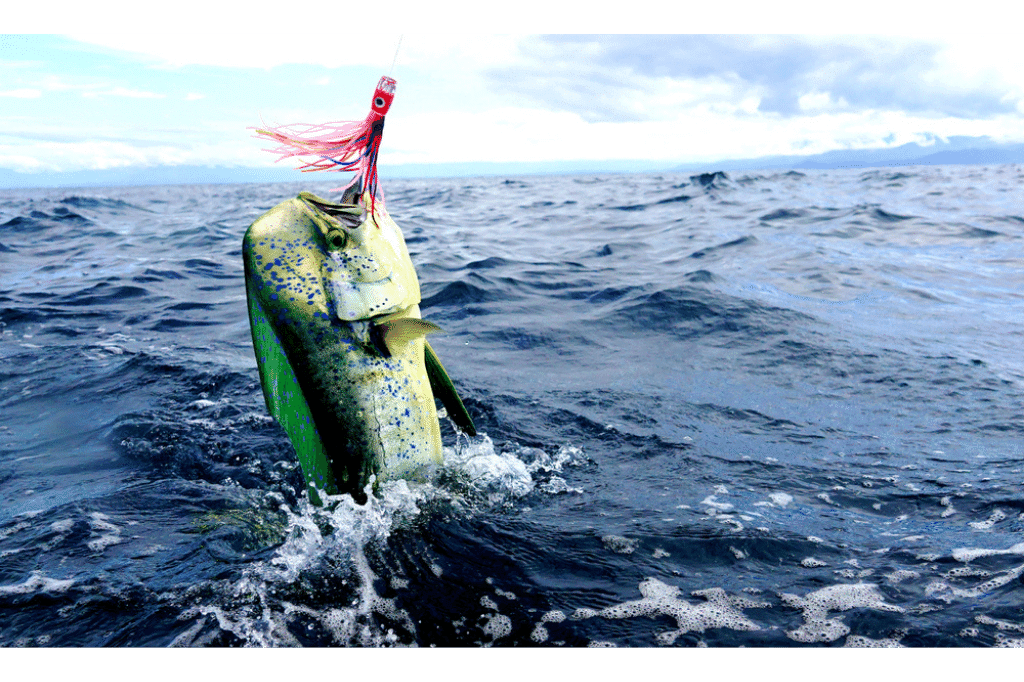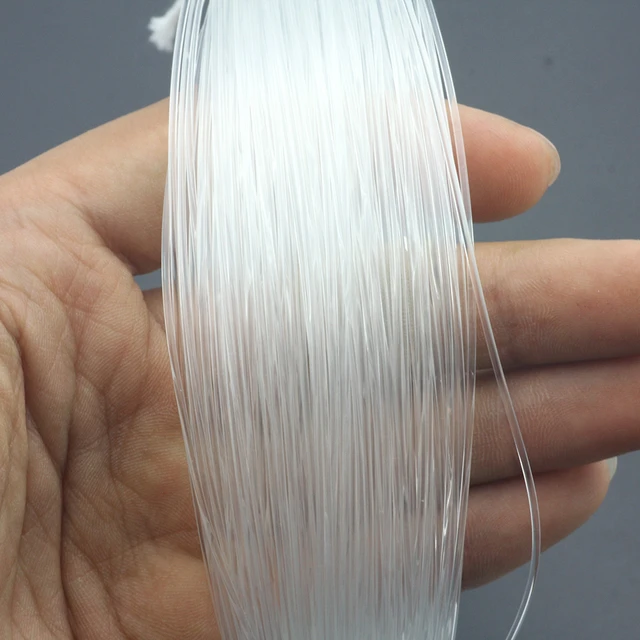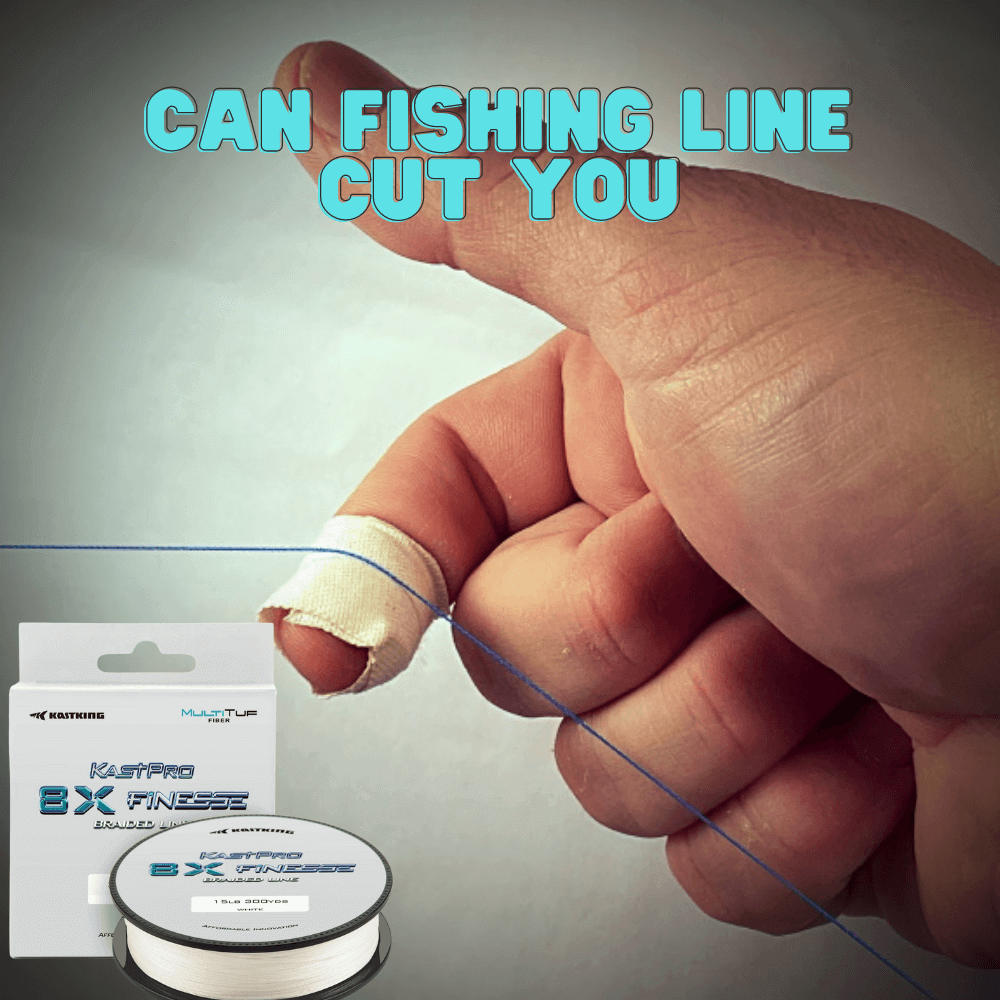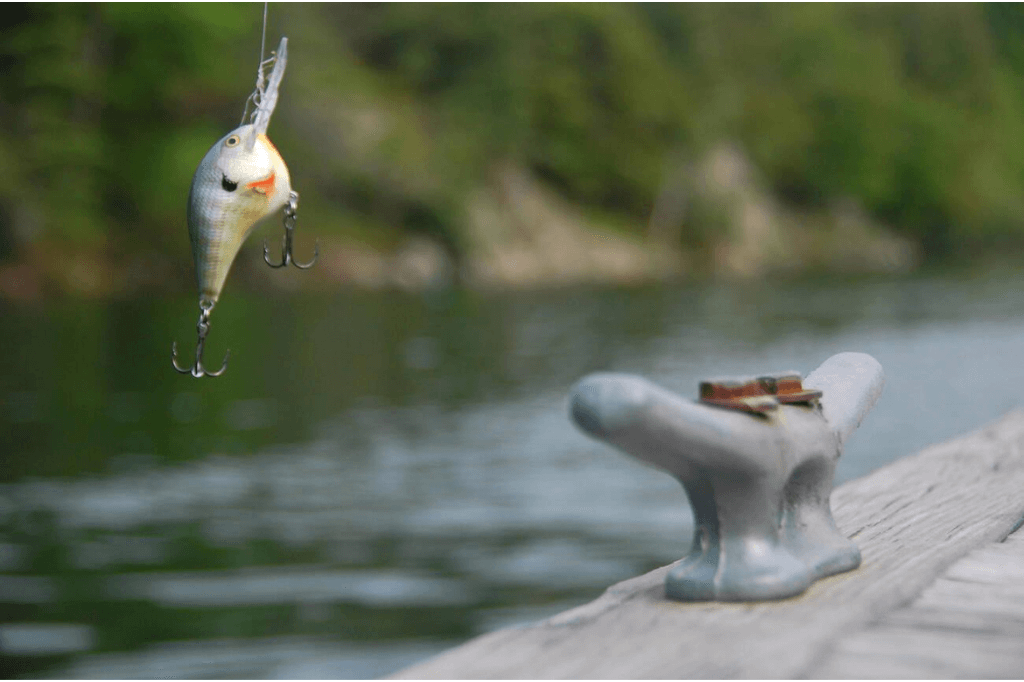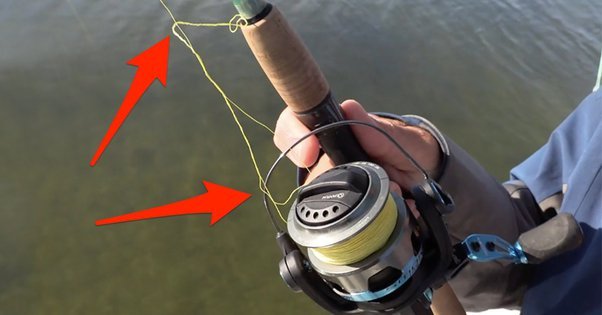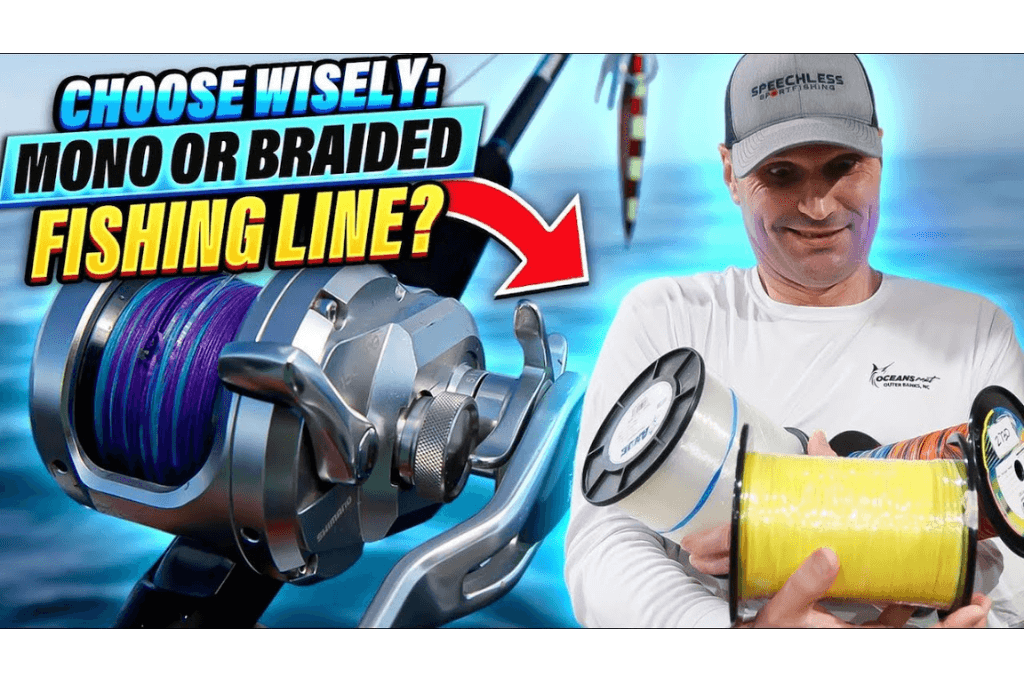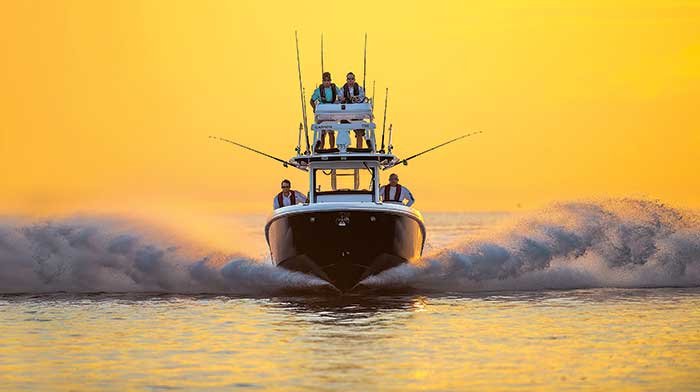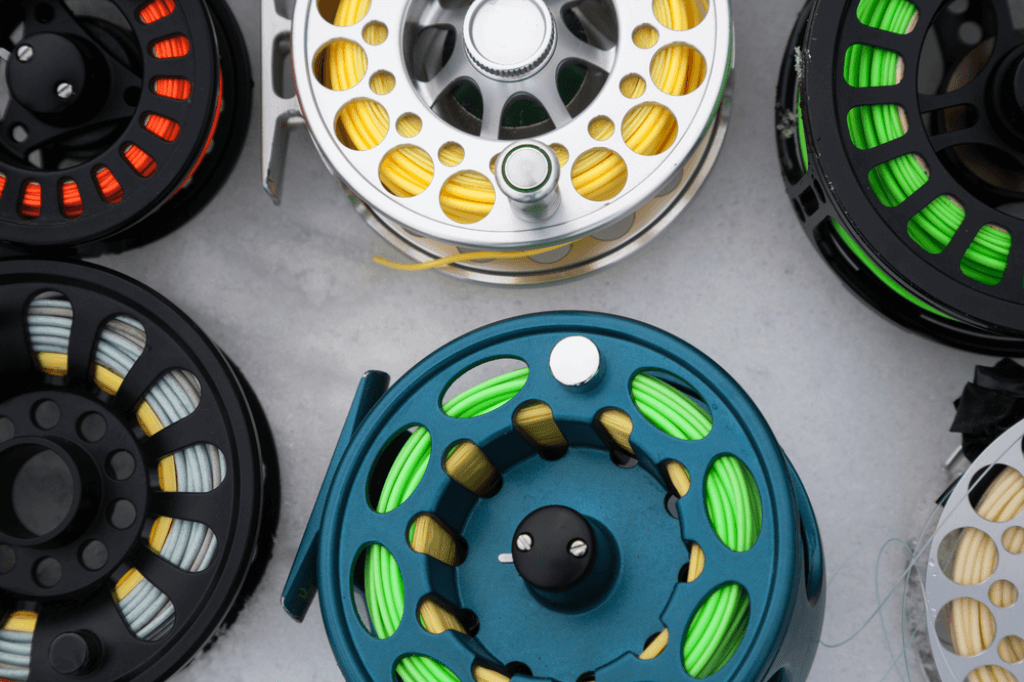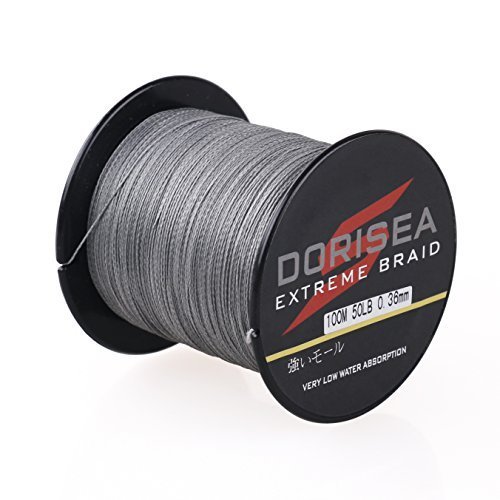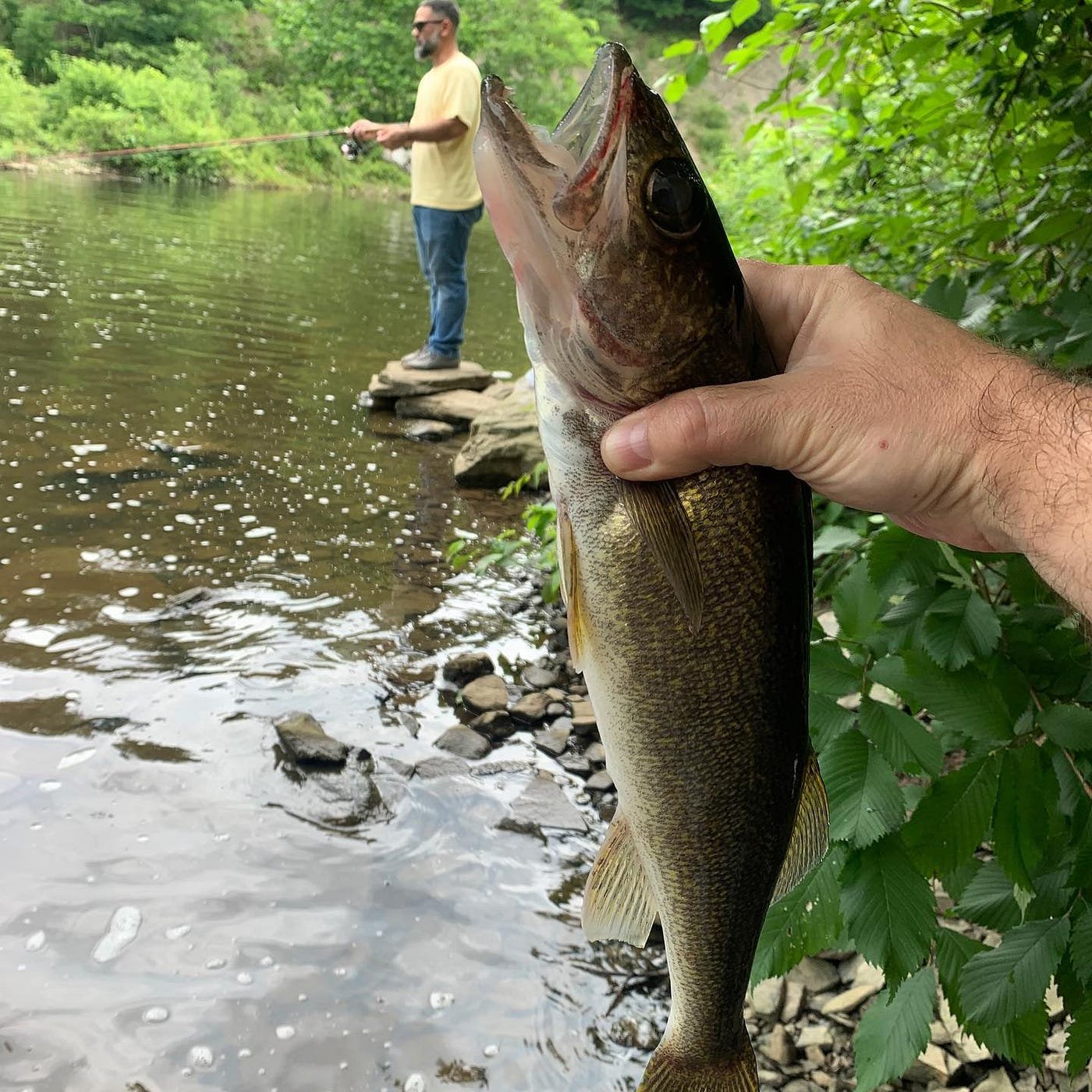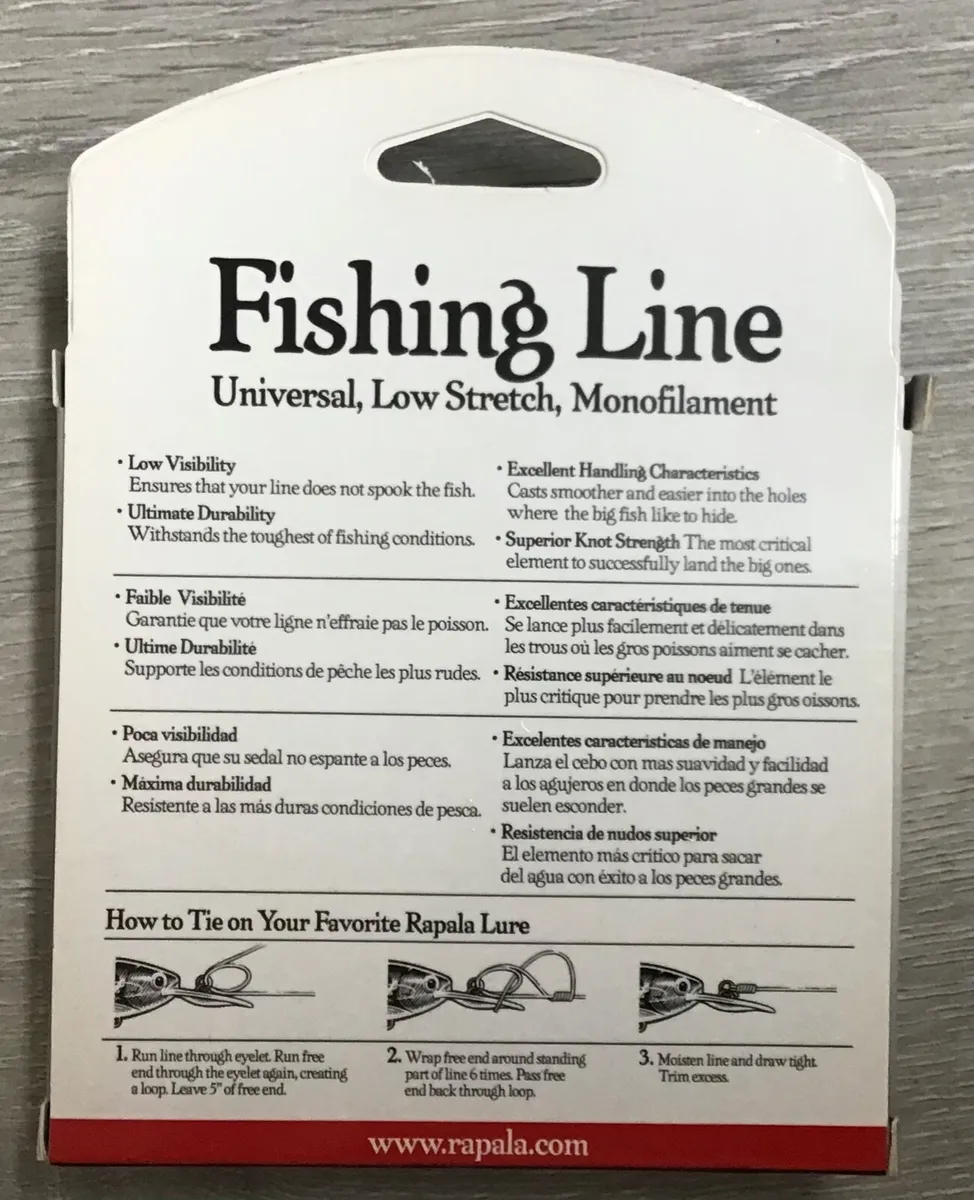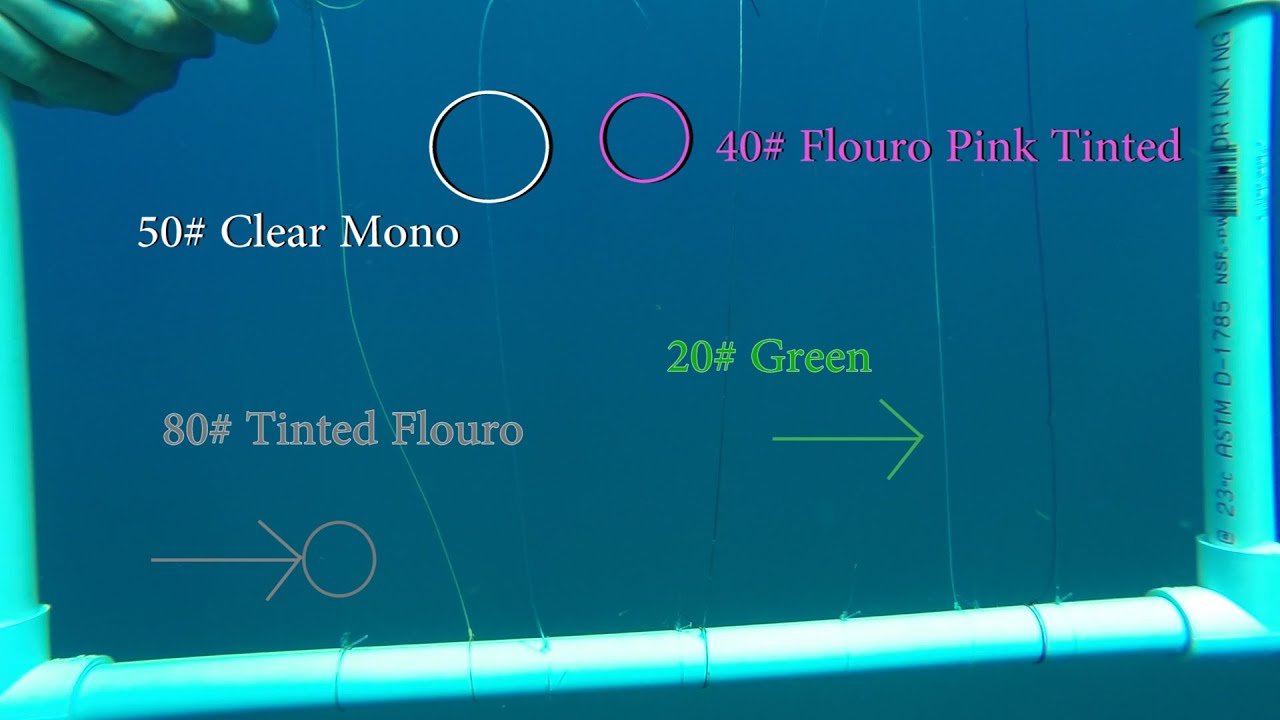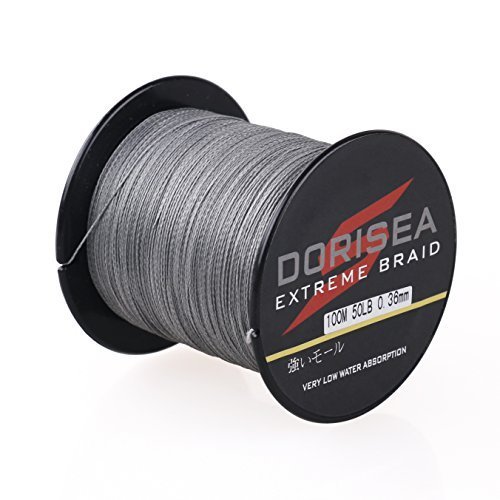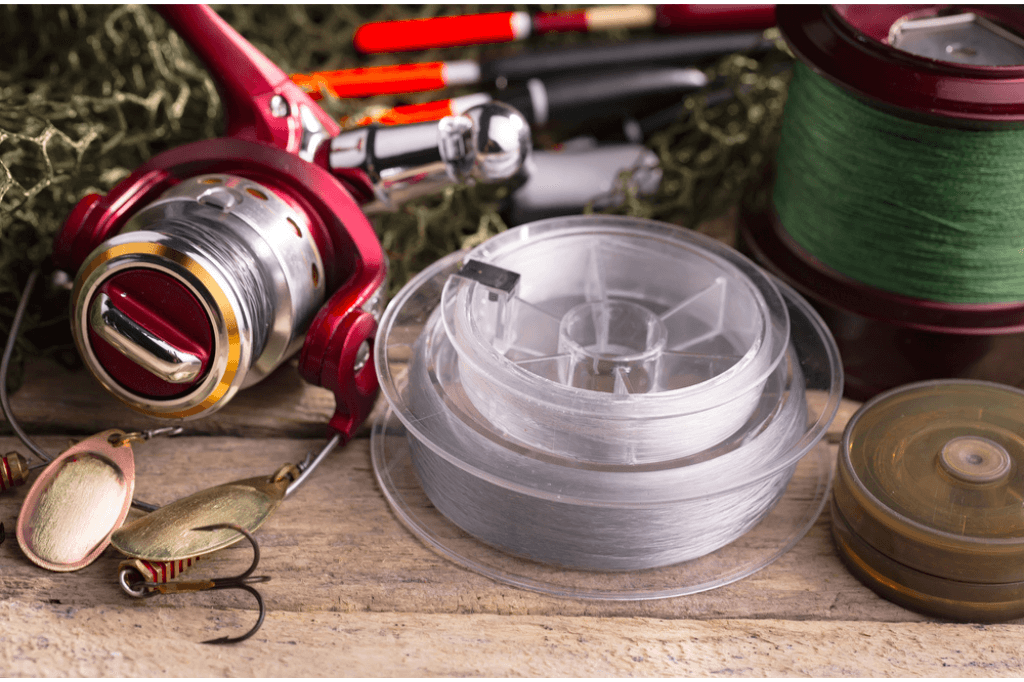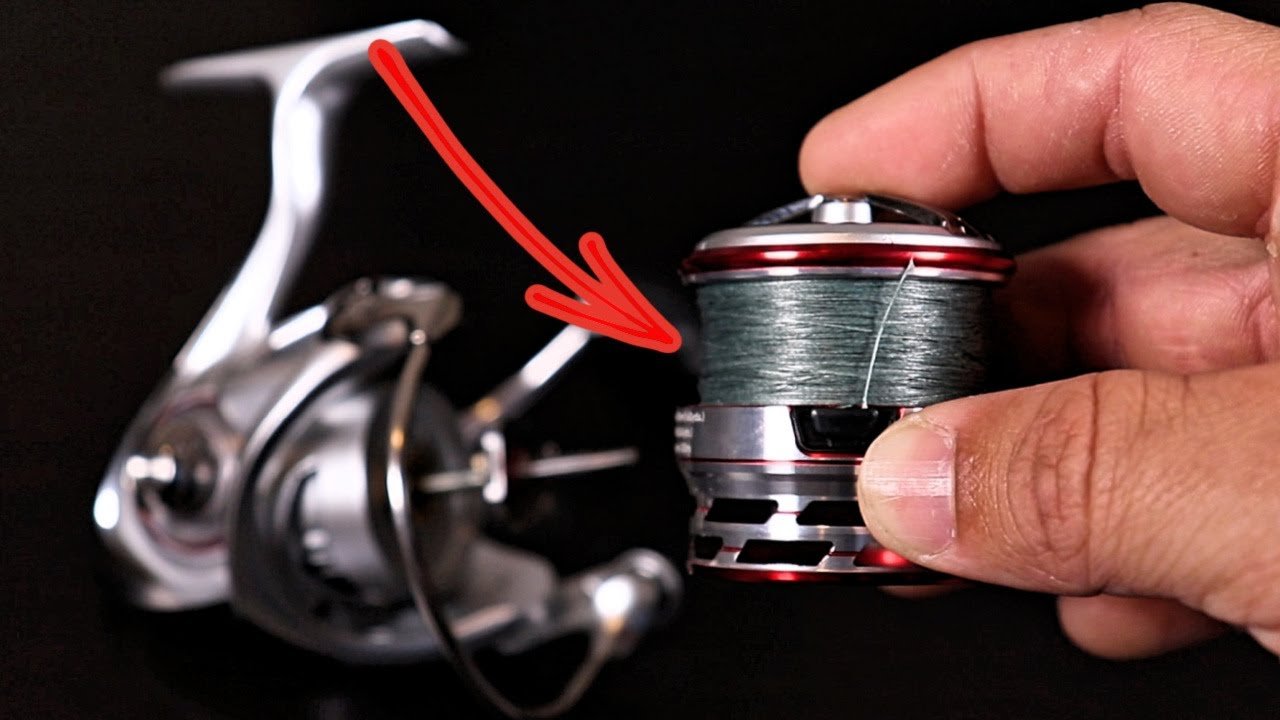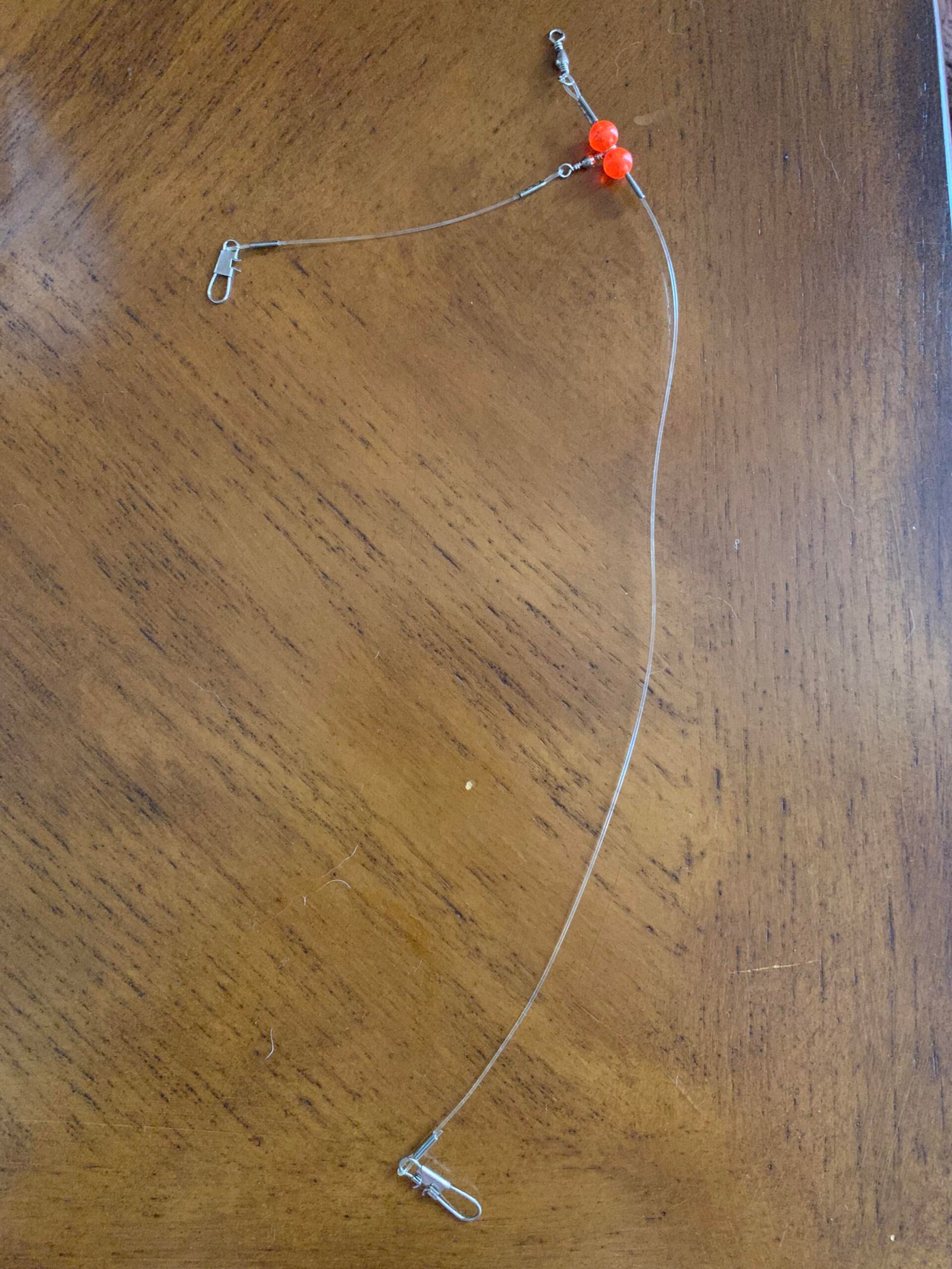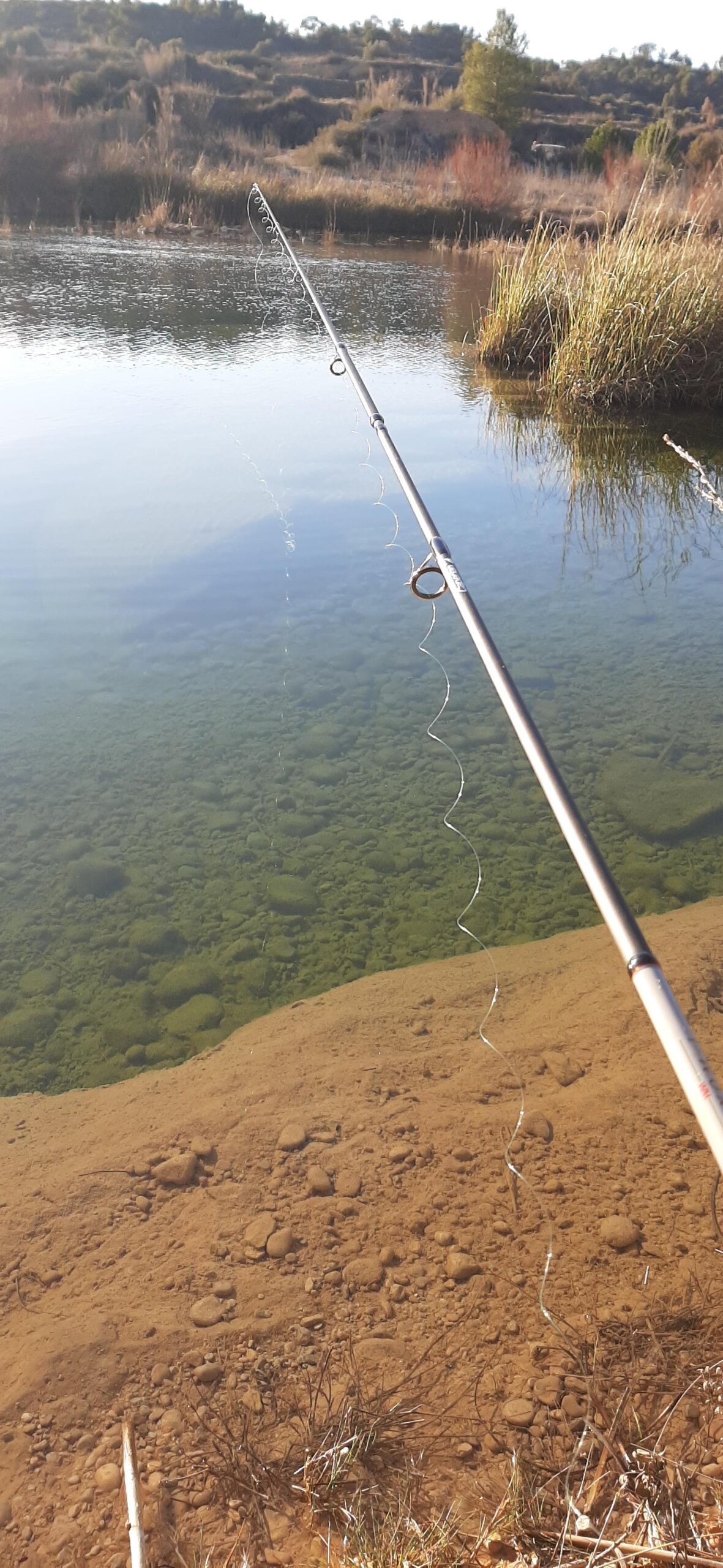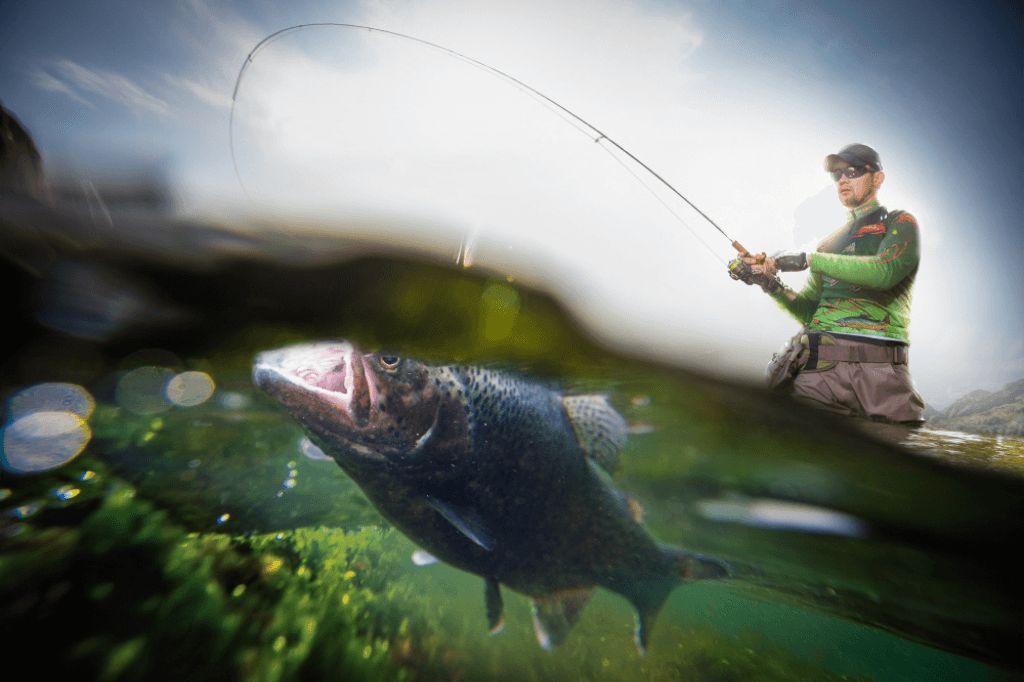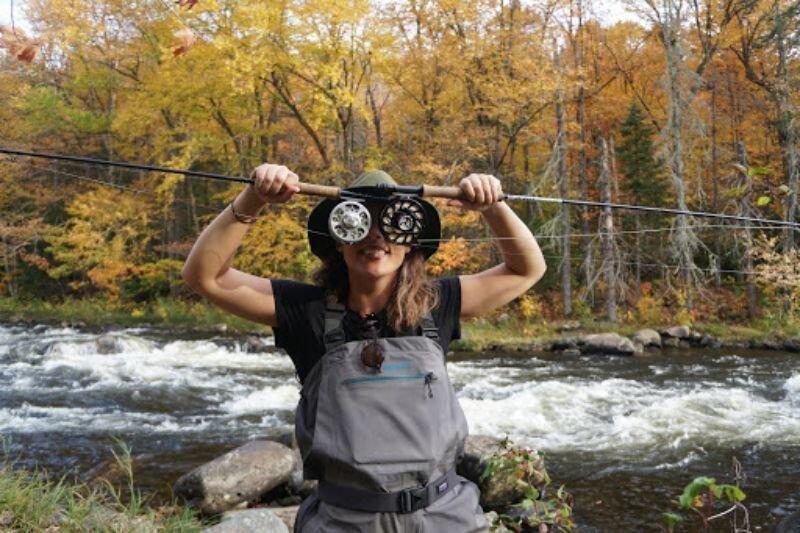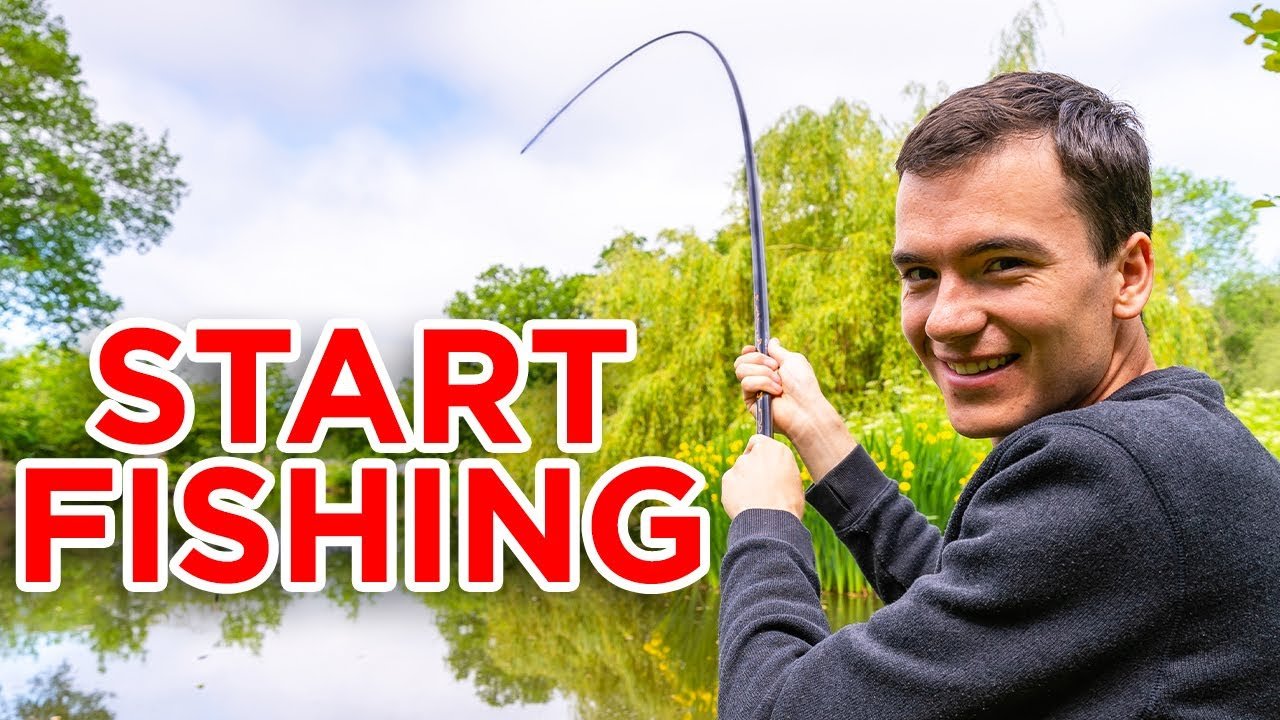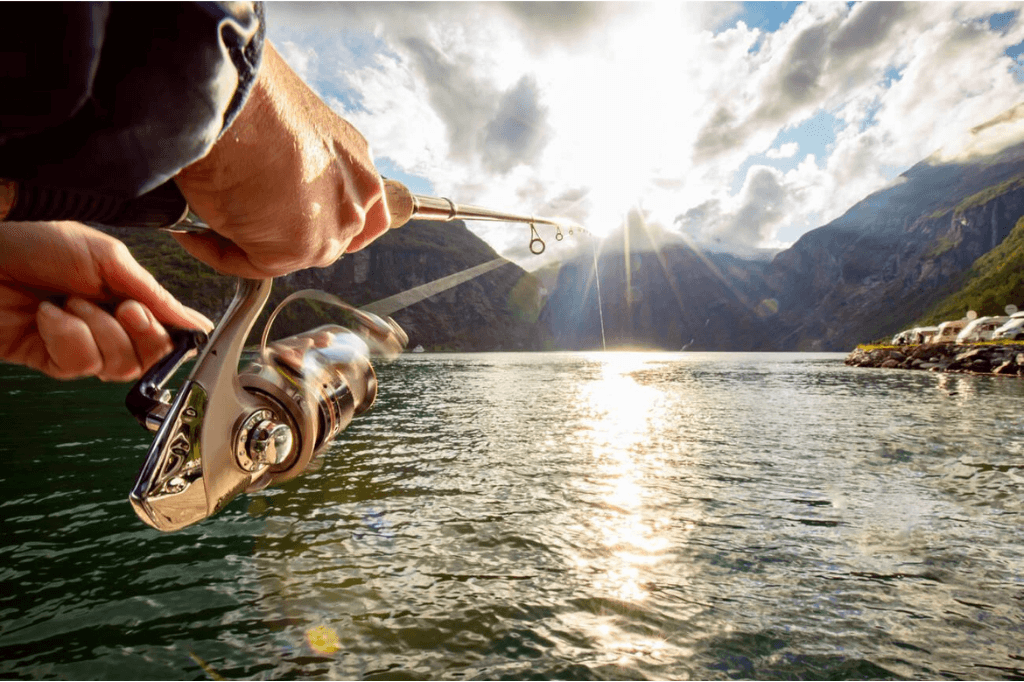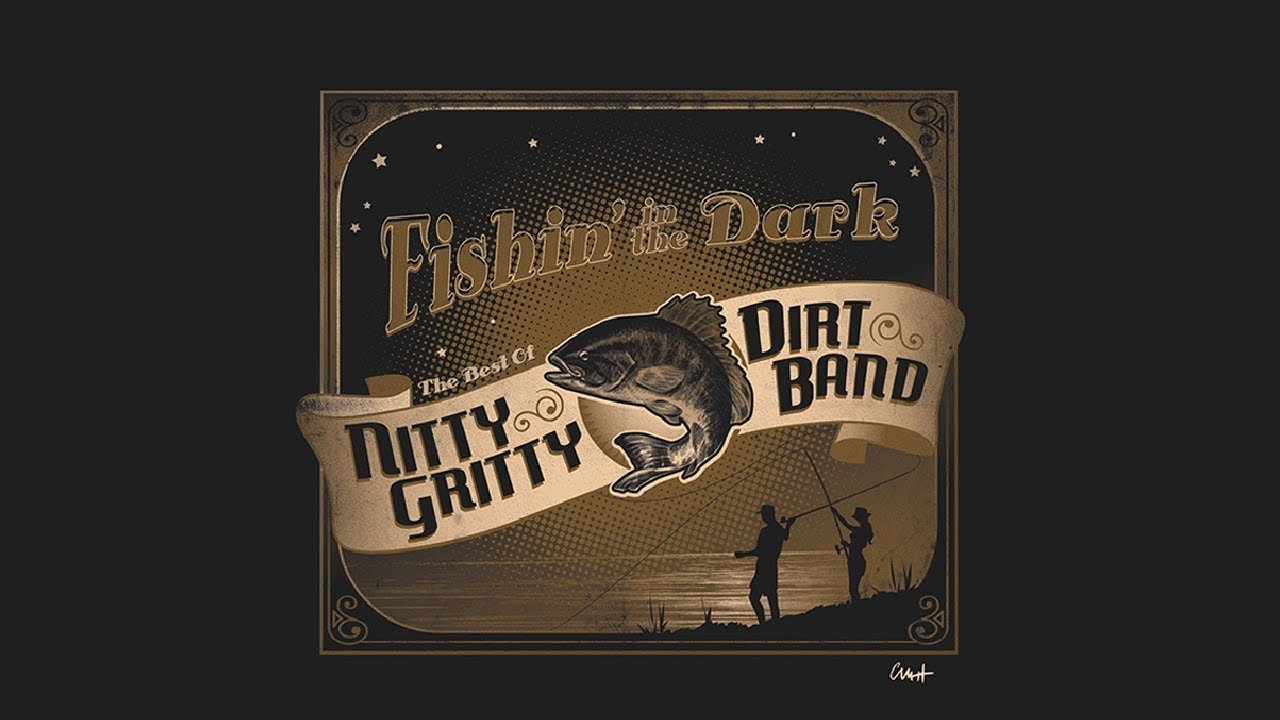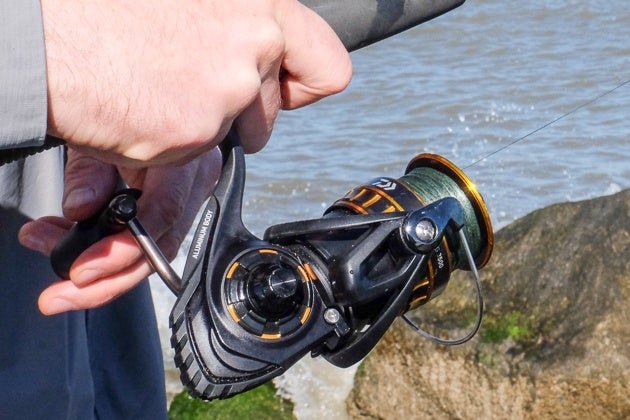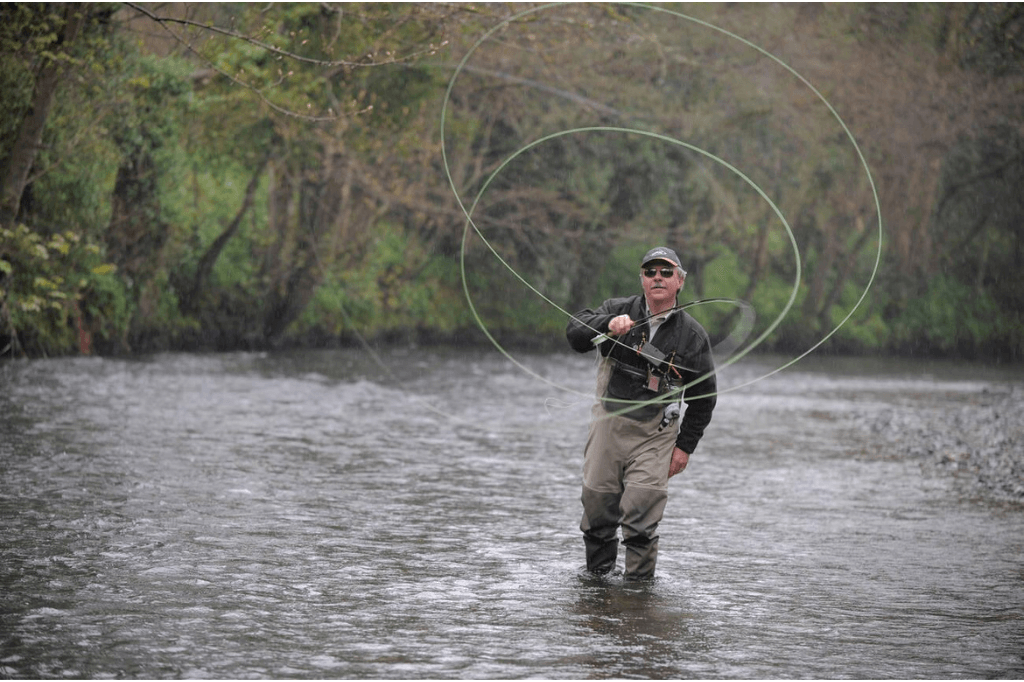Slip bobbers are essential tools for anglers aiming to catch fish at varying depths. These versatile bobbers slide up and down the fishing line, allowing precise depth control. This feature makes them ideal for targeting species that swim at different levels in the water.
Using slip bobbers can increase your chances of catching fish, especially in deeper waters or when fish are not near the surface. They are easy to set up and adjust, making them a favorite among both novice and experienced fishermen. Incorporating slip bobbers into your fishing gear can significantly enhance your fishing success.
The Allure Of Slip Bobber Fishing
Slip bobber fishing has a unique charm. It combines simplicity with effectiveness. This method is perfect for both beginners and seasoned anglers. The slip bobber’s appeal lies in its adaptability and precision.
With a slip bobber, you can fish at various depths. This makes it suitable for different fish species. Let’s explore the key advantages that make slip bobber fishing so captivating.
Harnessing The Power Of Stealth
Slip bobbers allow for a stealthy approach. They help in keeping your bait at the right depth without spooking the fish. The bobber slides freely up and down the line, minimizing disturbance. This stealth is crucial in catching wary fish.
Using a slip bobber, you can cast further. This lets you reach fish in deeper waters. The line moves smoothly through the bobber, ensuring a quiet entry. This silent approach increases your chances of a successful catch.
Versatility Across Water Bodies
Slip bobbers are versatile tools. They work well in lakes, rivers, and ponds. You can easily adjust the depth, making it ideal for various fishing environments. Whether fishing in shallow or deep waters, a slip bobber adapts effortlessly.
Slip bobbers are effective in different water conditions. They are equally good in calm or turbulent waters. This versatility makes them a favorite among anglers.
| Advantages | Details |
|---|---|
| Stealth | Quiet entry, minimal disturbance |
| Adaptability | Adjustable depth for various fish species |
| Versatility | Suitable for lakes, rivers, ponds |
Slip bobber fishing is a blend of strategy and simplicity. Its stealth and versatility make it an excellent choice for any angler.

Slip Bobber Gear Essentials
Fishing with a slip bobber can be a game-changer. It offers flexibility and precision. To get started, you’ll need the right gear. Here’s a guide to help you choose the essentials.
Choosing The Right Bobber
Bobbers come in various shapes and sizes. The right bobber will help you catch more fish. Slip bobbers are adjustable. You can set them at any depth. This makes them perfect for fishing in different water conditions. Choose a bobber that is buoyant but not too big. It should be easy to see but not scare the fish away.
| Bobber Type | Best For |
|---|---|
| Foam Bobber | Calm Waters |
| Plastic Bobber | Choppy Waters |
Selecting The Perfect Fishing Line
Your fishing line is crucial. It connects you to the fish. Use a line that matches your fishing conditions. For clearer waters, a lighter line is better. Heavier lines are suitable for murky waters. They are also good for catching bigger fish. Monofilament lines are popular. They are versatile and easy to use.
- Light Line: Best for clear waters
- Heavy Line: Ideal for murky waters and bigger fish
- Monofilament: Easy to use and versatile
Hooks And Bait For Success
Your hooks and bait play a big role in your success. Choose hooks that match the size of the fish you are targeting. Smaller hooks are for smaller fish. Larger hooks are for bigger catches. Bait should be fresh and appealing. Live bait like worms and minnows works well. Artificial lures can be effective too. Use them to mimic the movements of real bait.
- Small Hooks: For small fish
- Large Hooks: For big fish
- Live Bait: Worms, minnows
- Artificial Lures: Mimic real bait
Setting The Stage: Rigging Your Slip Bobber
Rigging your slip bobber correctly is crucial for a successful fishing trip. This section will guide you through the process. You’ll learn about the essential knots and stoppers, as well as techniques for adjusting the depth. Let’s get started!
Knots And Stoppers: The Basics
Knots and stoppers are vital for securing your slip bobber. They ensure it stays in place and works effectively. Here are some simple steps to follow:
- Tie a basic knot around the fishing line. This will keep the bobber from sliding off.
- Use a stopper to control the depth. The stopper can be a small bead or a pre-tied stopper knot.
- Thread the slip bobber onto the line. Make sure it can move up and down freely.
Using these basic steps, you can ensure your bobber stays in the right position.
Depth Adjustment Techniques
Adjusting the depth of your slip bobber is key to reaching the fish. Different fish swim at different depths. Follow these steps to adjust the depth:
- Slide the stopper up or down the line. This will set the depth of your bait.
- Test the depth by casting the line into the water. See where the bobber sits.
- Readjust if needed. Move the stopper again to find the perfect depth.
By following these techniques, you can make sure your bait reaches the right depth to catch fish.
| Step | Description |
|---|---|
| 1 | Slide the stopper up or down the line. |
| 2 | Test the depth by casting into the water. |
| 3 | Readjust the stopper if necessary. |
Mastering these depth adjustment techniques can greatly improve your fishing success.
Mastering The Cast
Mastering the art of casting with a slip bobber can transform your fishing experience. Proper casting ensures your bait lands precisely where the fish are. This section covers essential tips for smooth casting and accuracy in placement.
Smooth Casting Tips
Achieving a smooth cast is crucial for effective slip bobber fishing. Follow these tips to enhance your casting technique:
- Use a balanced rod and reel: Ensure your rod and reel combo is well-matched. This helps in achieving a smooth cast.
- Check your line: Make sure your fishing line is free from tangles. A clean line ensures a smoother cast.
- Practice your grip: Hold the rod firmly but not too tight. A relaxed grip allows for a smoother motion.
- Start with a gentle swing: Begin with a slow and steady backcast. Then move into a forward cast.
- Follow through: Let your rod tip follow through after the cast. This ensures your slip bobber lands softly.
Accuracy In Placement
Accurate placement of your slip bobber is key to catching more fish. Use these strategies to improve your casting accuracy:
- Know your target: Identify the spot where you want your bait to land. Visualize the target before casting.
- Use landmarks: Align your cast with visible markers like trees or rocks. This helps in consistent placement.
- Adjust for wind: Compensate for wind direction and speed. Aim slightly upwind if necessary.
- Practice short casts: Start with shorter casts to improve accuracy. Gradually increase the distance as you get better.
- Stay patient: Take your time to aim and cast. Rushing can lead to inaccurate placement.
Reading The Water Like A Pro
Fishing with a slip bobber can be a game-changer. To maximize your success, reading the water is crucial. Understanding where fish congregate and how different factors affect their behavior can turn an average fishing day into a great one. Here’s how to read the water like a pro.
Identifying Hotspots
Hotspots are areas where fish are likely to gather. Look for structures like weed beds, fallen trees, and rock piles. Fish love these places because they offer food and shelter.
- Weed Beds: These provide cover for fish. Cast your slip bobber near the edges.
- Fallen Trees: Fish hide here to avoid predators. Target areas around submerged branches.
- Rock Piles: Rocks attract small creatures that fish eat. Cast around these structures for best results.
Using a depth finder can help locate these structures. Note the depth and adjust your slip bobber accordingly.
Understanding Water Temperature And Clarity
Water temperature and clarity affect fish behavior. Fish are more active in certain temperatures and visibility conditions.
| Temperature (°F) | Fish Activity |
|---|---|
| 50-60 | Low activity, fish are sluggish. |
| 60-70 | Moderate activity, fish begin to feed. |
| 70-80 | High activity, best time to fish. |
Clear water means fish see your bait easily. Use natural-colored bait. In murky water, choose bright-colored bait to attract fish.
By paying attention to these details, you’ll have a better chance of catching fish. Happy fishing!
The Waiting Game: Patience And Timing
Fishing with a slip bobber requires patience and perfect timing. It is not just about casting your line and waiting. You must understand the behavior of fish and the water conditions. This makes the waiting game a crucial part of the experience.
Strike Detection
Detecting a strike is key to successful fishing. A slip bobber helps you see even the slightest nibble. The bobber moves or dips when a fish bites. Pay close attention to these movements.
Here are some tips for better strike detection:
- Keep your eyes on the bobber at all times.
- Use a sensitive rod to feel the slightest pulls.
- Fish during low light conditions for better visibility of the bobber.
The Art Of The Wait
The wait is an essential part of fishing. It requires patience. Do not rush to reel in your line. Wait for the bobber to go under fully before setting the hook.
Consider these points during the wait:
| Point | Explanation |
|---|---|
| Stay calm | Relax and enjoy the surroundings. |
| Be prepared | Have your rod ready to set the hook. |
| Stay focused | Do not get distracted by other activities. |
Mastering the waiting game enhances your chances of a catch. It teaches you to be patient and observant.
Hookset Tactics For Slip Bobber Fishing
Mastering the hookset is essential for successful slip bobber fishing. Knowing when and how to set the hook can make the difference between a great catch and a missed opportunity. This section will guide you through the best hookset tactics for different scenarios.
Timing Your Hookset
Timing is everything in slip bobber fishing. Watch the bobber closely. When the bobber starts to move, it means a fish is nibbling at your bait. Wait for the bobber to fully submerge. This usually indicates that the fish has taken the bait into its mouth.
Once the bobber is underwater, count to three before setting the hook. This gives the fish enough time to secure the bait. Set the hook with a quick, upward jerk of your rod. This motion will drive the hook into the fish’s mouth, increasing your chances of a successful catch.
Adjusting Technique For Different Fish
Different fish species require different hookset techniques. For small fish like bluegill or crappie, use a gentle hookset. A quick, small jerk is usually enough. These fish have softer mouths, and a hard hookset can tear the hook out.
For larger fish like bass or pike, a stronger hookset is needed. Use a firm, upward motion to set the hook. These fish have tougher mouths, so a gentle hookset won’t penetrate well.
Consider the type of bait you are using as well. Live bait often results in more subtle bites, so you may need to wait a bit longer before setting the hook. Artificial lures usually require a quicker response.
| Fish Type | Hookset Technique |
|---|---|
| Small Fish (Bluegill, Crappie) | Gentle hookset, quick small jerk |
| Large Fish (Bass, Pike) | Firm hookset, strong upward motion |
By adjusting your hookset technique to match the fish you’re targeting, you can increase your catch rate and enjoy more successful fishing trips.
Advanced Slip Bobber Strategies
Mastering slip bobber fishing can elevate your angling game. These advanced strategies will help you catch more fish. Let’s explore some expert techniques for better results.
Night Fishing With Slip Bobbers
Night fishing can be very rewarding. Slip bobbers are perfect for this. They allow you to fish at various depths. This is crucial as fish move differently at night.
- Use glow-in-the-dark bobbers. They are easy to see in the dark.
- Adjust your depth frequently. Fish are more active at varying levels.
- Try using live bait. Fish are more likely to bite on natural bait at night.
Silence is golden during night fishing. Fish are more sensitive to noise at night. Keep your movements and sounds minimal.
Tackling Wind And Currents
Wind and currents can make fishing tough. Slip bobbers can help you manage these conditions. Here are some tips:
| Condition | Strategy |
|---|---|
| Wind | Use a heavier weight. This helps keep your bait stable. |
| Currents | Cast upstream. This allows your bait to drift naturally. |
Keep your line tight. This helps you feel bites better. It also prevents your bobber from drifting too far.
Use these advanced slip bobber strategies to improve your fishing experience. Adapt to different conditions and enjoy more successful fishing trips.
Maintenance And Care For Your Slip Bobber Gear
Keeping your slip bobber gear in top condition is essential. Proper maintenance ensures your equipment lasts longer. Follow these tips to keep your gear performing well.
Routine Gear Checks
Regularly inspect your slip bobber gear. Look for any signs of wear and tear. Check the bobber for any cracks or damages.
Ensure the line moves smoothly through the bobber hole. This prevents any snagging during use. Examine the bobber stop knot. Make sure it is tight and not fraying.
Inspect the fishing line for any abrasions. Replace it if there are any weak spots. Always check the hooks for sharpness. Sharpen or replace dull hooks.
Storage Solutions
Proper storage keeps your slip bobber gear in good condition. Store your gear in a dry place. Moisture can cause rust and damage.
Use a tackle box to organize your gear. This prevents tangling and damage. Separate different types of gear into compartments. This makes it easy to find what you need.
Hang your rods vertically. This prevents warping and damage to the rod. Use rod holders to keep them secure.
Clean your gear before storing it. Remove any dirt or debris. This prevents damage and keeps everything ready for your next trip.
| Item | Action |
|---|---|
| Bobber | Check for cracks or damages |
| Fishing Line | Inspect for abrasions |
| Hooks | Ensure sharpness |
| Rod | Store vertically |
Following these tips will keep your slip bobber gear in excellent condition. Happy fishing!
Slip Bobber Success Stories
The slip bobber is a versatile tool for anglers of all levels. Many fishermen have amazing success stories using this simple yet effective equipment. Below, we explore some of these fascinating tales.
Anglers’ Tales
Many anglers have shared their incredible experiences with slip bobbers. These stories often highlight the effectiveness and simplicity of this fishing tool.
John from Minnesota recalls a memorable summer evening. He was fishing in a local lake and caught a 15-pound catfish. He used a slip bobber and a nightcrawler. John says, “I had been fishing all day with no luck. Then I switched to a slip bobber, and within minutes, I had the biggest catch of my life.”
Emily from Wisconsin shares her story of a family fishing trip. She says, “I taught my kids how to use a slip bobber. They were thrilled when they caught their first fish. It was a great bonding experience.”
Record Catches Using Slip Bobbers
Slip bobbers have been the secret weapon behind many record catches. Here are some notable achievements:
- Lake Trout: A 30-pound lake trout caught in Lake Superior.
- Walleye: A 12-pound walleye from the Mississippi River.
- Northern Pike: A 20-pound northern pike from a Canadian lake.
These impressive catches demonstrate the effectiveness of slip bobbers. Anglers who use them often find themselves landing bigger and better fish.
Slip bobbers allow for precise bait placement. This increases the chances of attracting larger fish. The ability to adjust the depth of the bait is a game-changer. It helps in targeting specific fish species more effectively.
Frequently Asked Questions
What Is The Point Of A Slip Bobber?
A slip bobber allows anglers to set the bait at precise depths, improving fishing efficiency and adaptability.
How To Put A Slip Bobber On A Fishing Line?
Thread the fishing line through the bobber stop. Slide the bead and bobber onto the line. Tie on the hook. Adjust the bobber stop to set the depth.
What’s The Difference Between A Slip Bobber And A Regular Bobber?
A slip bobber moves along the fishing line, allowing adjustable depth. A regular bobber stays fixed in one position.
How Deep Can You Fish With A Slip Bobber?
You can fish up to 20 feet deep with a slip bobber. Adjust the bobber stop to set your desired depth.
Conclusion
Mastering the slip bobber technique enhances your fishing experience. It offers precision, versatility, and greater success rates. Whether you’re a novice or a seasoned angler, using a slip bobber can elevate your catch. Invest in quality gear, practice regularly, and enjoy the rewarding moments on the water.
Happy fishing!

